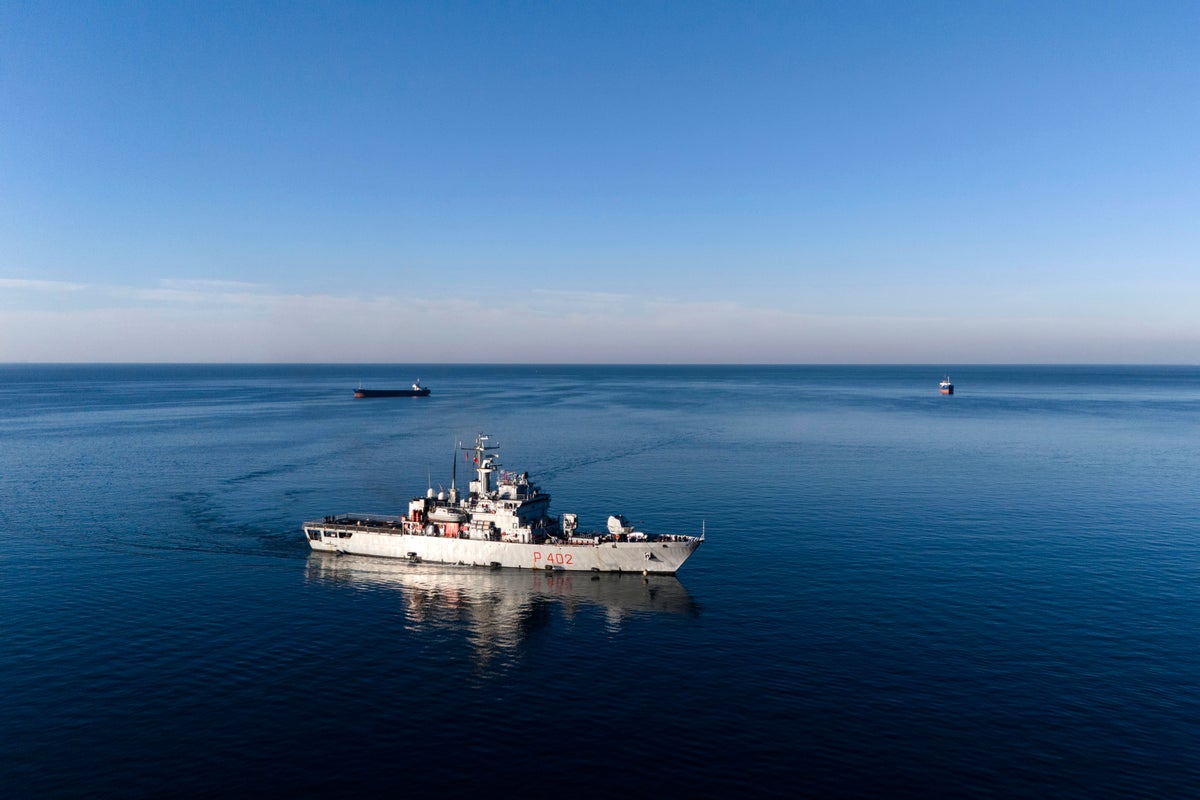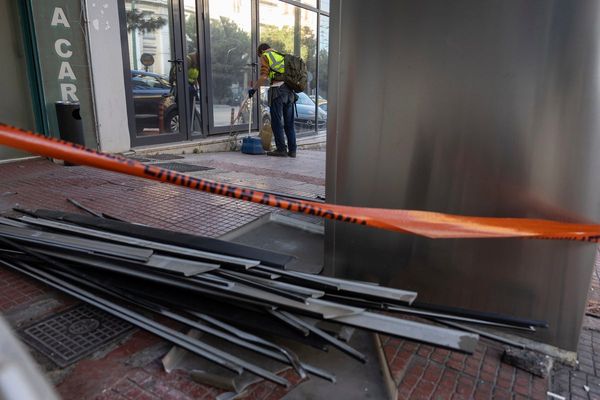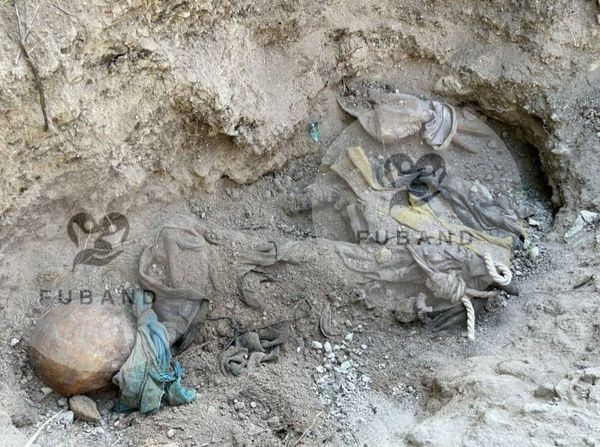
Italian authorities said Friday they were transferring 40 migrants with no permission to remain in the country to Italian-run migration detention centers in Albania. It appeared to be the first time a European Union country was sending rejected migrants to a nation outside the EU that is neither their own nor a country they had transited on their journey.
Italian media reported the migrants had left the Italian port of Brindisi. The Italian government has not released their nationalities or further details.
The migrants will be held in Italian-built and run migrant centers located in Shengjin port, 66 kilometers (40 miles) northwest of the capital, Tirana, and in Gjader. They were built to process asylum requests of migrants intercepted in the Mediterranean Sea by Italy. But since their inauguration in October, Italian courts have stopped authorities from using them and small groups of migrants were returned to Italy.
It is not clear how long the rejected asylum-seekers may stay in Albania. In Italy they can be detained for up to 18 months pending deportation.
Italy’s far-right-led government of Premier Giorgia Meloni approved a decree last month that expanded the use of the Albanian fast-track asylum processing centers to include the detention of rejected asylum seekers with deportation orders.
While the announcement was in line with a recent EU Commission proposal that would allow EU countries to set up so-called “return hubs," the proposal has yet to be fully approved. Migrant rights organizations and lawyers say it violates the right to seek asylum and sets a dangerous precedent.
Some experts and rights groups question the transfers
Migration experts consulted by The Associated Press say it's unclear how legal Italy's actions were and that they would likely be challenged in court.
“They need to show they are doing something with this incredibly expensive structure,” said Meghan Benton of the Migration Policy Institute. Speaking from Toulouse, France, Benton said other EU countries are interested in doing the same, including the Netherlands with Uganda.
Francesco Ferri, a migration expert with Action Aid, who was among a group of nongovernmental organizations and Italian lawmakers visiting Albania to follow the migrant transfer, said there is no legislation in Italian law, nor in EU law, nor in the Albania-Italy agreement that would allow rejected asylum-seekers to be deported directly from Albania, making the purpose of the transfer unclear.
“For us it is unacceptable,” Ferri said.
The Albanian centers opened in October but they remained substantially inactive due to legal hurdles and wide opposition from human rights associations, which believe they violate international laws and put migrants’ rights at risk.
The November 2023 agreement between Italy and Albania— worth nearly 800 million euros over five years — allows up to 3,000 migrants intercepted by the Italian coast guard in international waters each month to be sheltered in Albania and vetted for possible asylum in Italy or repatriation.
Italy has agreed to welcome those migrants who are granted asylum, while those whose applications are rejected face deportation directly from Albania.
The first three groups of 73 migrants transferred there in October, November and January spent only a few hours in Albania and were returned to Italy after Italian magistrates refused to validate their detention in the non-EU country.
So far this year, 11,438 migrants landed on Italian shores, less than the 16,090 who arrived in the same period last year. Most arrived from Bangladesh, followed by Syria, Tunisia and Egypt, according to the Italian Interior Ministry. ____
Semini reported from Tirana, Albania and Brito from Barcelona, Spain. Associated Press journalists Giada Zampano and Paolo Santalucia in Rome contributed to this report.
___
Follow AP’s global migration coverage at: https://apnews.com/hub/migration







